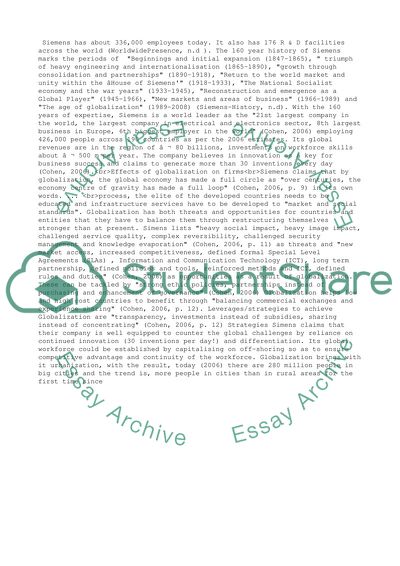Cite this document
(“The actual and potential impacts of globalisation on SIEMENS: Assignment”, n.d.)
Retrieved de https://studentshare.org/business/1392327-interlational-business
Retrieved de https://studentshare.org/business/1392327-interlational-business
(The Actual and Potential Impacts of Globalisation on SIEMENS: Assignment)
https://studentshare.org/business/1392327-interlational-business.
https://studentshare.org/business/1392327-interlational-business.
“The Actual and Potential Impacts of Globalisation on SIEMENS: Assignment”, n.d. https://studentshare.org/business/1392327-interlational-business.


